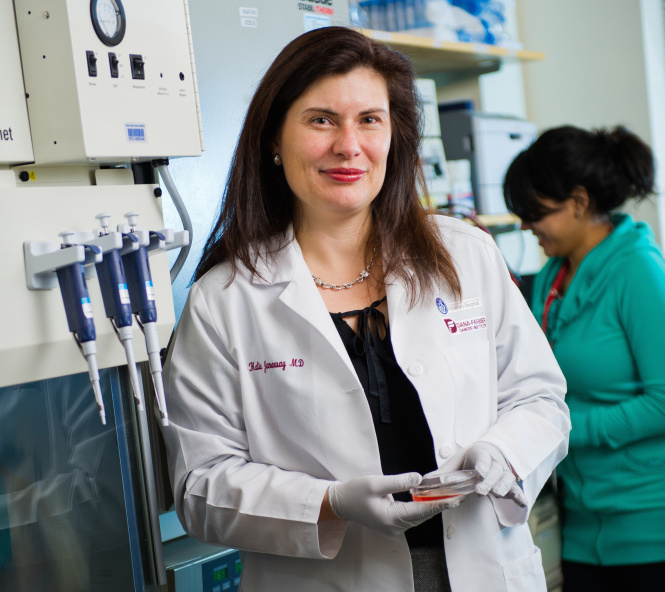Cancer is largely a disease that affects older people. The median age of a cancer diagnosis is 66 years, and one-fourth of new cancer cases are diagnosed in people aged 65 to 74. Adults are most likely to develop solid tumors such as breast, lung, colorectal, prostate, and bladder cancers.
In children and adolescents 20 years old or less, by contrast, the most common malignancies are blood cancers. Leukemias account for about 30 percent of all pediatric cancers, and lymphomas make up another 8 percent. The most common solid childhood cancers are brain and central nervous system tumors, which account for about 26 percent. Other childhood solid tumors include neuroblastoma, Wilms tumor, rhabdomyosarcoma, retinoblastoma, and bone cancer.
Adults, of course, do develop blood cancers such as leukemias, Hodgkin lymphoma and non-Hodgkin lymphomas, but they are less common than the leading solid tumor cancers.
In adult men, prostate cancer is the leading malignancy, followed by lung and colorectal cancer. Breast cancer is the leading cancer for women in the United States, followed by lung and then colorectal cancer.
Why the Differences?
Childhood cancers are often the result of DNA mutations that take place early in life, sometimes even before birth. Unlike many adult cancers, cancers in children aren’t strongly linked to lifestyle or environmental risk factors, such as overweight and obesity, unhealthy diets, insufficient exercise, and habits like smoking and drinking alcohol. It often takes many years of exposures to these factors to trigger the appearance of a cancer.
“The vast majority of cancers in adults are carcinomas, which are clearly linked to carcinogens and exposures such as sunlight (in melanoma). Kids almost never get these,” says Katherine Janeway, MD, a pediatric hematologist-oncologist at Dana-Farber/Boston Children’s Cancer and Blood Disorders Center.

There are a small number of known risk factors for childhood leukemia, but, unlike with adults, there are no lifestyle or behavioral changes that can be made in an effort to prevent the cancer.
Most leukemias aren’t linked to any known genetic causes, but there are some genetic factors that increase the risk. But having a parent who develops leukemia as an adult does not seem to raise a child’s risk of leukemia.
Some inherited disorders increase a child’s risk of leukemia, including Down syndrome (trisomy 21) and Li-Fraumeni syndrome. Inherited immune system deficiencies may also raise the risk of leukemia; such conditions include ataxia-telangiectasia, Wiskott-Aldrich syndrome, Bloom syndrome, and Schwachman-Diamond syndrome. Bone marrow failure disorders also increase the risk of leukemia; another risk factor is being treated for a different cancer with certain chemotherapy agents.
